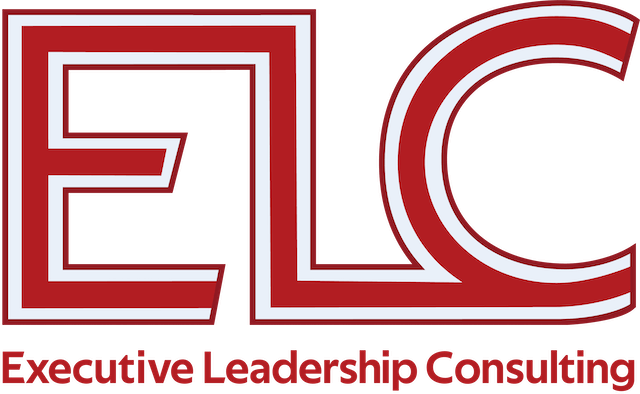Looking to set yourself apart? Of course, you are. The bad news is that it usually won’t happen on merit alone. As you head into the next quarter, here are three ways you can effectively distinguish yourself as an executive leader in your workplace.
Establish Yourself As An Executive Leader In 3 Simple Steps
1) As Executive Leader, Decide What to Stop
As an executive leader, you must consistently question everything you do to ensure that you and your team are putting all your collective energy toward achieving your vision. Often, individuals within organizations fall into a “comfort-mode” of continuing to do things that don’t work anymore or could be done more effectively or efficiently. Systems and processes that were important and had a purpose when they were implemented may no longer help your organization. Make it a practice for everyone in your organization to challenge one another about the value of activities—all of them!
2) Set Clear Personal Goals
So you’ve returned from spring break with renewed energy and vigor. As an executive leader, how do you best harness this energy to help you and your organization achieve the vision? First, you need to focus on your personal vision. What do you personally want to accomplish? How does the organization’s vision contribute to your personal vision? To progress toward your vision, you need a clear road map that includes clear objectives. Set strategic goals that will help support the vision you have for yourself as an executive leader that connect directly to the organization’s vision. As you take the steps necessary to progress towards your own vision, you will have even more energy and motivation to achieve your organization’s vision.
3) Executive Leaders Always Continue to Learn
Great leaders are also great learners. They always seek to increase knowledge of their industry and strive to improve themselves. As you enter the fall season, take the time to focus on mastering one new skill that will help you better perform your job. In addition, ask for feedback from your team and your stakeholders. What can you do to improve as an executive leader? How can you help move the organization closer to the vision?
Getting feedback for improvement is a hallmark of great leaders. Feedback allows you to learn and grow as an executive leader. Just as you want your team and organization to improve, you also want to improve yourself.
And finally, share what you learn. While it’s important to have followers, it’s critical for you to develop other leaders. Leaders who develop leaders invest time in sharing what they’ve learned with others and model the importance of continuing to learn and grow.
EXECUTIVE LEADERSHIP ACTION PLAN
- What systems and processes can be eliminated to streamline our organization’s functioning?
- What objectives and goals will help support you as an executive leader?
- What objectives and goals will help support your organization?
- What is one skill you can master to help do your job?
- How can you encourage feedback to help you grow?
- How can you best share your knowledge and skills with others?
“Excellent firms don’t believe in excellence — only in constant improvement and constant change.”
~Tom Peters





